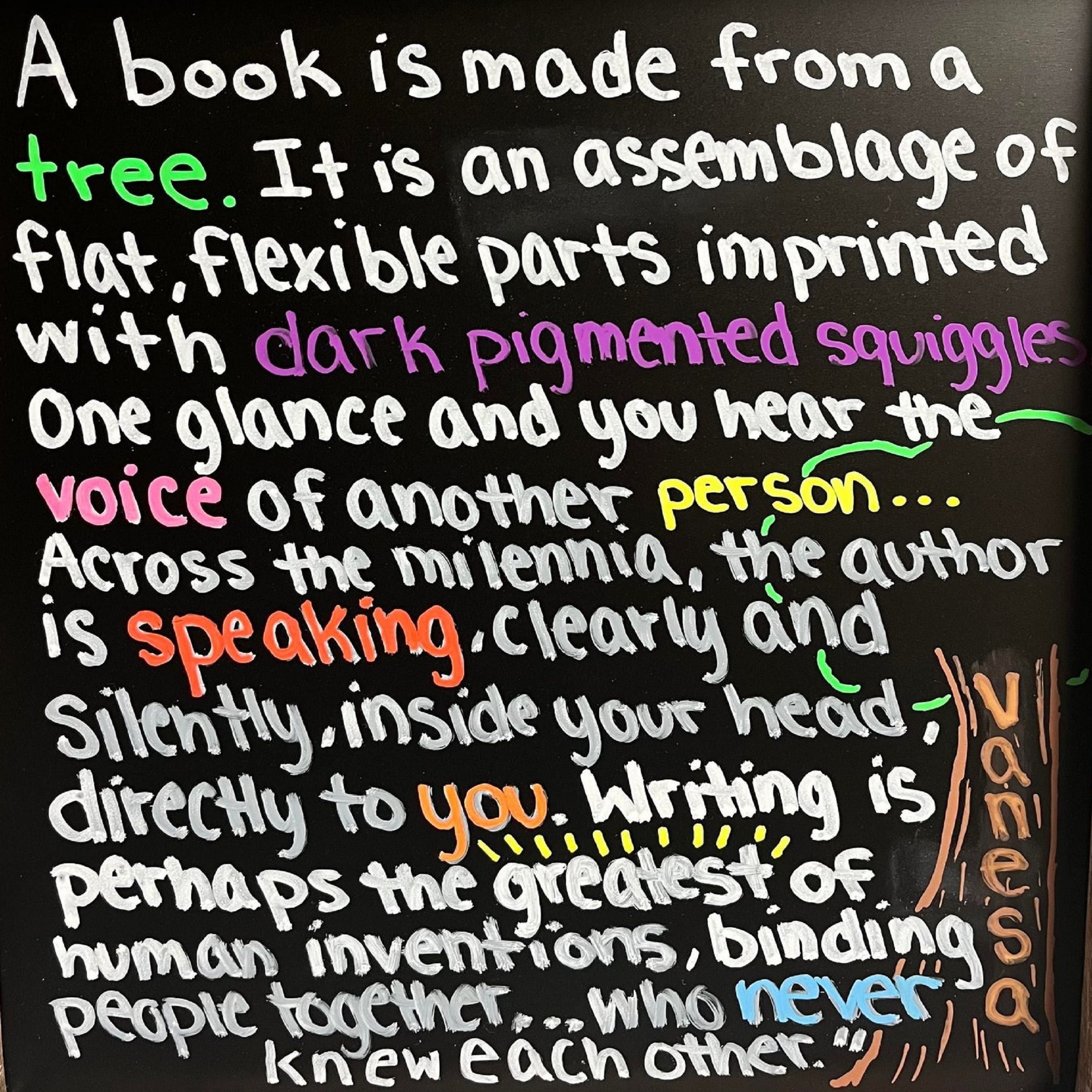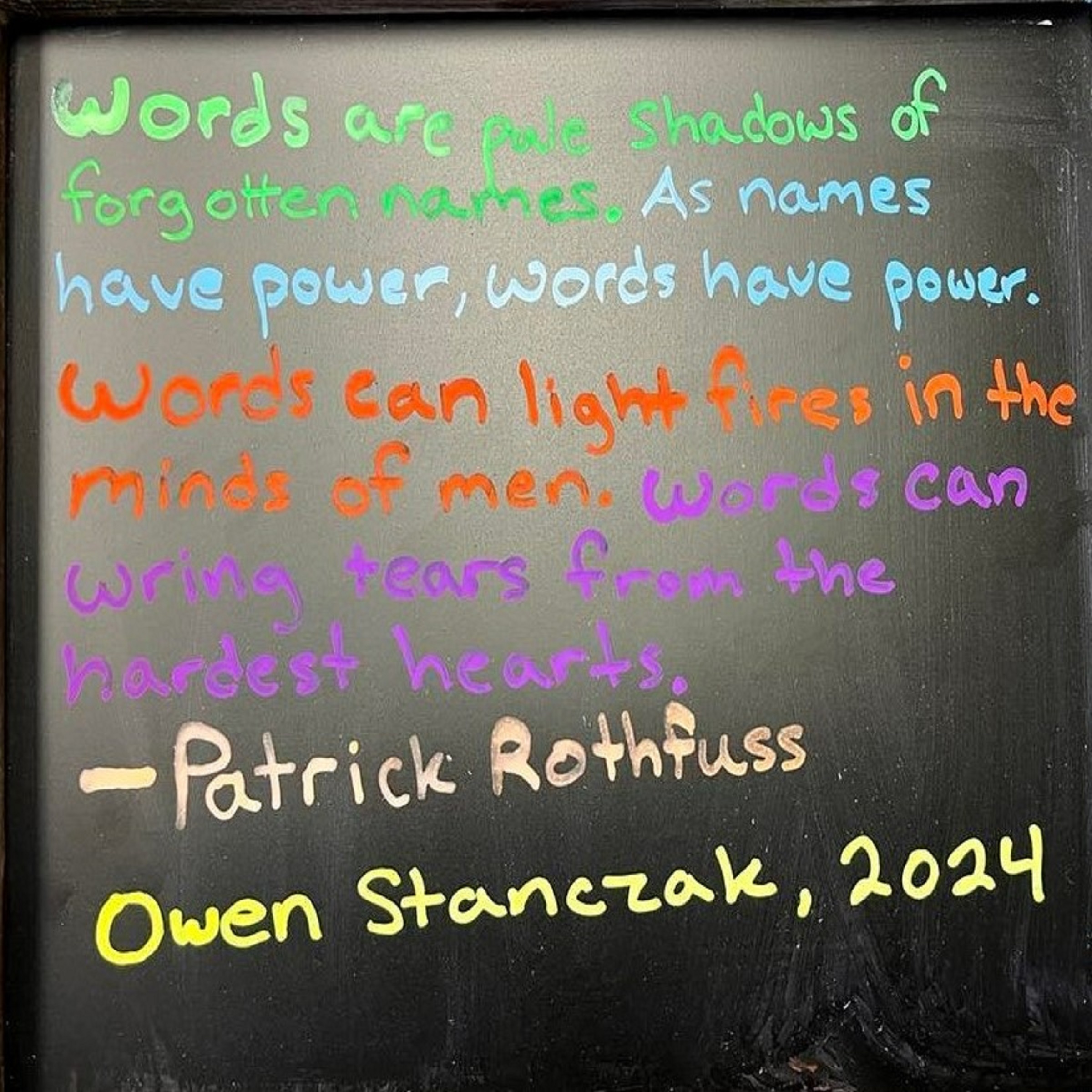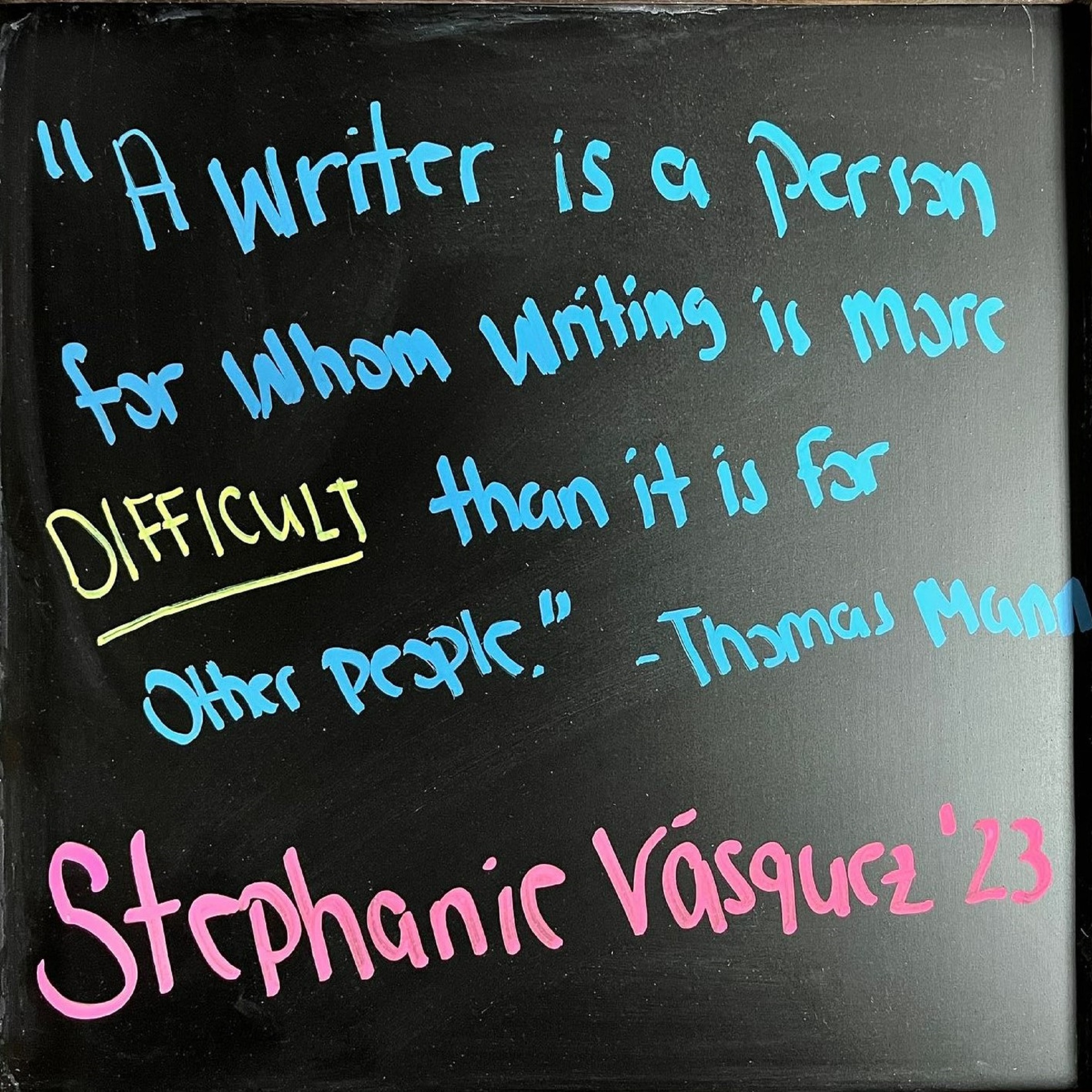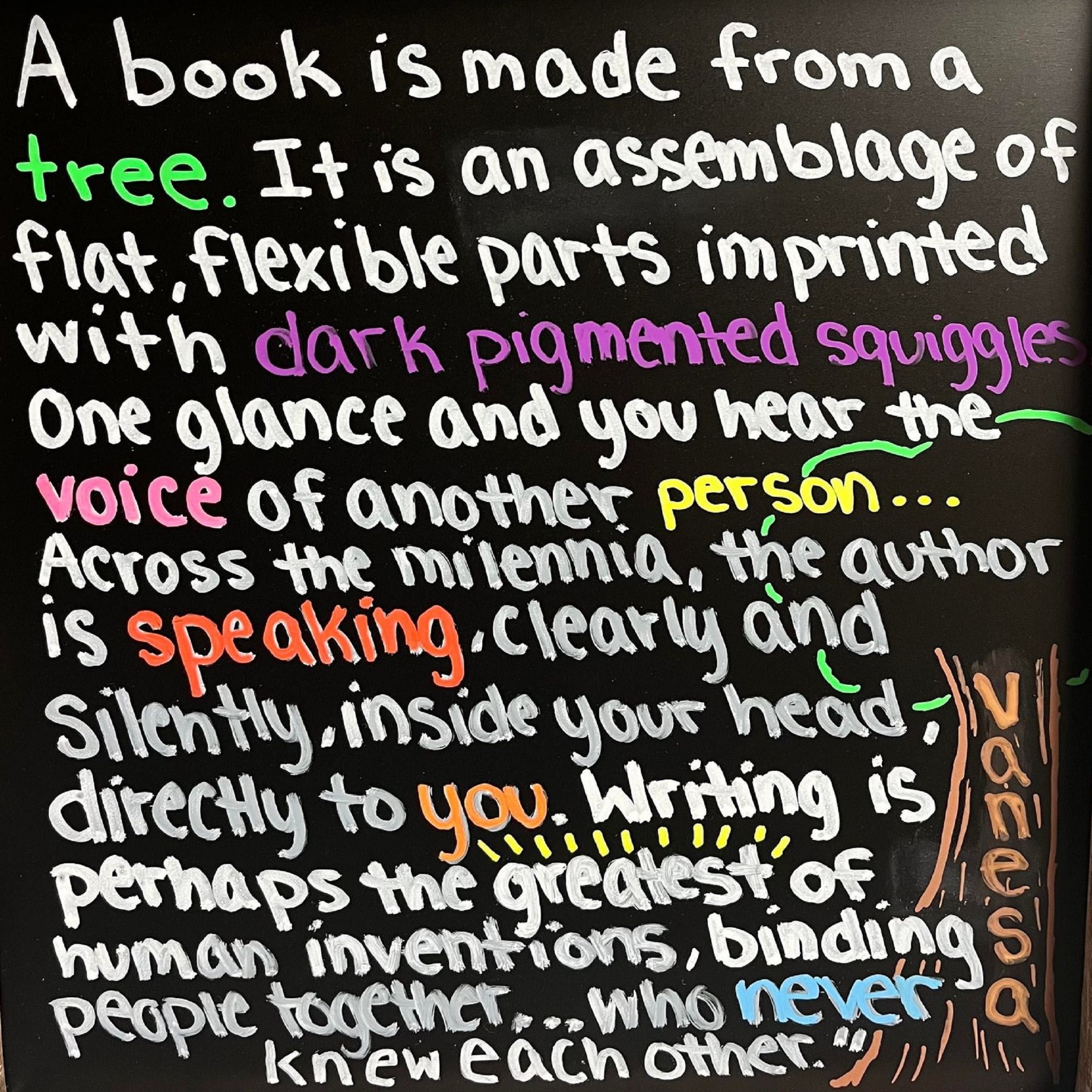Diana P. Lozinger
Some writers may think that outlining is a waste of time, but in my own experience, it actually makes better use of your time. In fact, I even outlined this post before I started writing it. Outlining can help strengthen the connection between your thesis and your content, thus strengthening your argument. If your assignment does not require a thesis, it can at least organize your thoughts so that you are completing every requirement or answering every question within your prompt. It makes your writing clearer and stronger, and it is a good way to make sure that your thoughts are all in order.
So, how do we do it? First of all, most outlines do not have to be fancy. I just use bullet points, and for more developed or longer papers, I include subheadings. For some writing intensive courses, your professor may want to see an outline before you start writing, and some professors want it in a more professional style, utilizing roman numerals, numbers, and letters. However, some professors who want to see outlines may not even require these formalities.
For essays that are in response to multiple questions, it may be appropriate to outline with the intention of addressing each question, in order, with at least one paragraph. The amount of paragraphs needed is up to you, or up to how long the paper is supposed to be. If it is a larger paper, I may need entire sections made up of multiple paragraphs to answer the question. Regardless, I will start with breaking down the prompt into appropriate sub-questions or subtopics.
For more open-ended assignments or essays, I first consider the length of the paper, and following this, I determine how many subtopics I can address within it. This includes determining approximately how many paragraphs would be appropriate to have within the paper. For brief papers, it may be appropriate to have only one paragraph per subtopic. The classic five-paragraph essay is an example of this. For this, the topics or arguments of each of the three body paragraphs should be determined well in advance before you start writing. For longer papers, it is appropriate to have many paragraphs under a subtopic: these paragraphs would then address sub-subtopics.
Then comes the brainstorming part of the process. Again, I approach this as coming up with ideas that I could write about, but I remember that I do not have to commit to them. This would also be the time that I start researching, if that is the type of paper that I’m writing. When I research, I try to take notes within my outline. Each note goes under the corresponding subtopic. Some of my sources will only pertain to one subtopic, but some can be helpful for more than one. A great thing about outlining is that I do not need to concern myself with the order of sentences until I start working on a draft. This means that I can start taking my research notes right away. Also, if I have an immediate spark of genius regarding my subtopic, then I write it down. Then, later, I edit: I put the ideas in the correct order, I improve my wording, and I may have to take some ideas out or add ideas in.
Personally, I like outlining because it feels “off the record.” I have less commitments to the words that I’m writing. Instead, it is a time for brainstorming. We may develop an emotional investment in the things that we write, so it disappoints us when our ideas do not end up working in our essay and we have to delete them. Some writers come into an essay with the intention of writing the final draft. This often causes the writer to become stuck, almost like Spongebob:

Instead of coming into an essay with the intention of writing the final draft, we can outline so that we can see if our plan for our paper truly works. So, if I find out later that I don’t actually want to include a paragraph about a certain subtopic, I won’t feel as disappointed about letting go of the hard work that it took to form that whole paragraph. Thus, I really do not “waste time.” My time is being used more effectively.
Resources for Outlining:
How to Write a Meaningful Outline
A Template for Making Outlines
Sample Outlines for Each Type of Essay













Leave a Reply